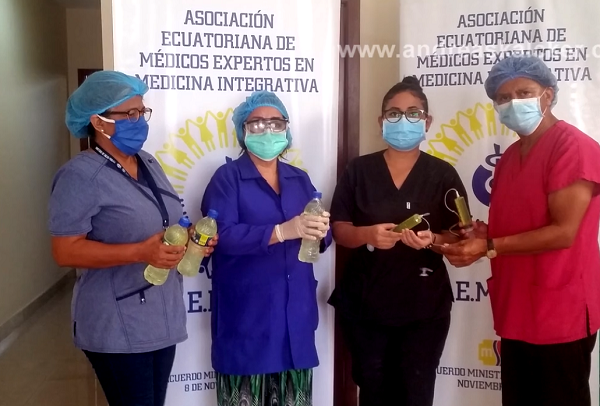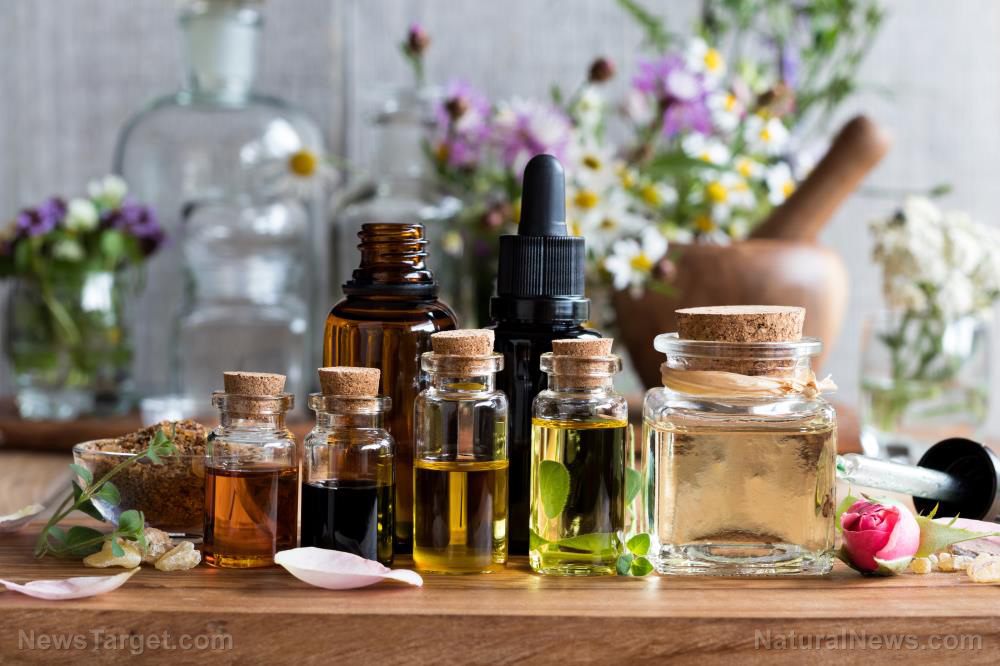
A systematic review of the traditional folk remedy discusses just how effective oil pulling is in decreasing the risk of more than thirty diseases related to poor oral hygiene. Moreover, the detox treatment offers several oral health benefits which, in turn, contribute to overall well-being.
Let us begin by discussing the act itself. Oil pulling involves placing a tablespoon of a natural oil in the mouth and then swishing it around for 20 minutes. Compounds in the oil "pull" harmful bacteria out while sheathing teeth with a protective coating. These oils typically have antibacterial properties which kill various germs inside the oral cavity. Individuals who oil pull should swish the substance inside their mouth until it turns thin, viscous, and white. The oil is then spat out in a trash can or towel (the oil should never be spat in a sink or toilet as it can clog pipes).
Most healers recommend using virgin coconut oil or extra virgin olive oil. However, other oils such as sunflower and almond can also be used.
Your mouth determines just how healthy you are
The Ayurvedic scripture Charaka Samhita describes the tongue as connected to the kidneys, heart, lungs, and small intestines. By keeping the tongue (and consequently the entire mouth) clean and in good condition, Indian folk healers believe that a person can dramatically improve their overall health. This holistic perspective means that oil pulling has been prescribed by Ayurvedic healers as a preventive and curative measure for other health conditions.
Medical science validates this. One study showed that 40 days of oil pulling using sesame oil decreased overall bacterial count in the mouth by around 20 percent. Oil pulling also reduced the severity of dental caries.
Another study observed that using coconut oil for 30 days resulted in a 50 percent reduction in plaque and gingival indices. These are comparable to results gained from using standard mouthwashes containing the antiseptic chlorhexidine. (Related: Oil pulling an ancient remedy with astonishing curative benefits for modern oral health.)
Yet what was more astounding was the fact that improvements in oral hygiene (as measured by the amount of harmful bacterial growth in the oral cavity and the presence of plaque and gingival indices) were directly correlated to the alleviation of certain symptoms of other medical conditions, including but not limited to: fever, cough, dyspnea (labored breathing), chest pain, and hemoptysis (coughing up blood). Oil pulling is also said to relieve symptoms associated with asthma, eczema, and arthritis among other things.
Oil pulling reduces the severity of halitosis and oral malodor as well. This was noted to have a psychological effect on patients. Patients who were shunned before due to their bad breath now said they were more confident and had better self-esteem.
Final considerations
Take note that children under five should not practice oil pulling. They may accidentally ingest the oil and suffer either respiratory or gastrointestinal complications.
Oil pulling should not replace flossing. The practice removes bacteria from the mouth, but existing plaque needs to be mechanically removed with floss.
Remember to always choose organic and high-quality oil. Oil pulling can be harmful if you choose cheap oils that may or may not contain lead, mercury, or arsenic.
Do not assume that oil pulling is a cure-all. The Ayurvedic practice has a lot of benefits, but it should never be used to treat all types of conditions. It is still best to practice other healthy habits such as eating right, engaging in physical exercise, and following mind-body techniques like yoga.
You can improve your oral health by reading more articles at Dentistry.news.
Sources include:
Please contact us for more information.























